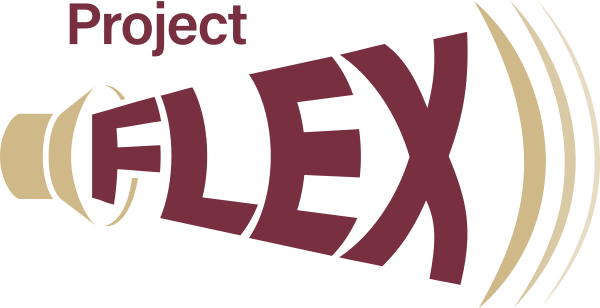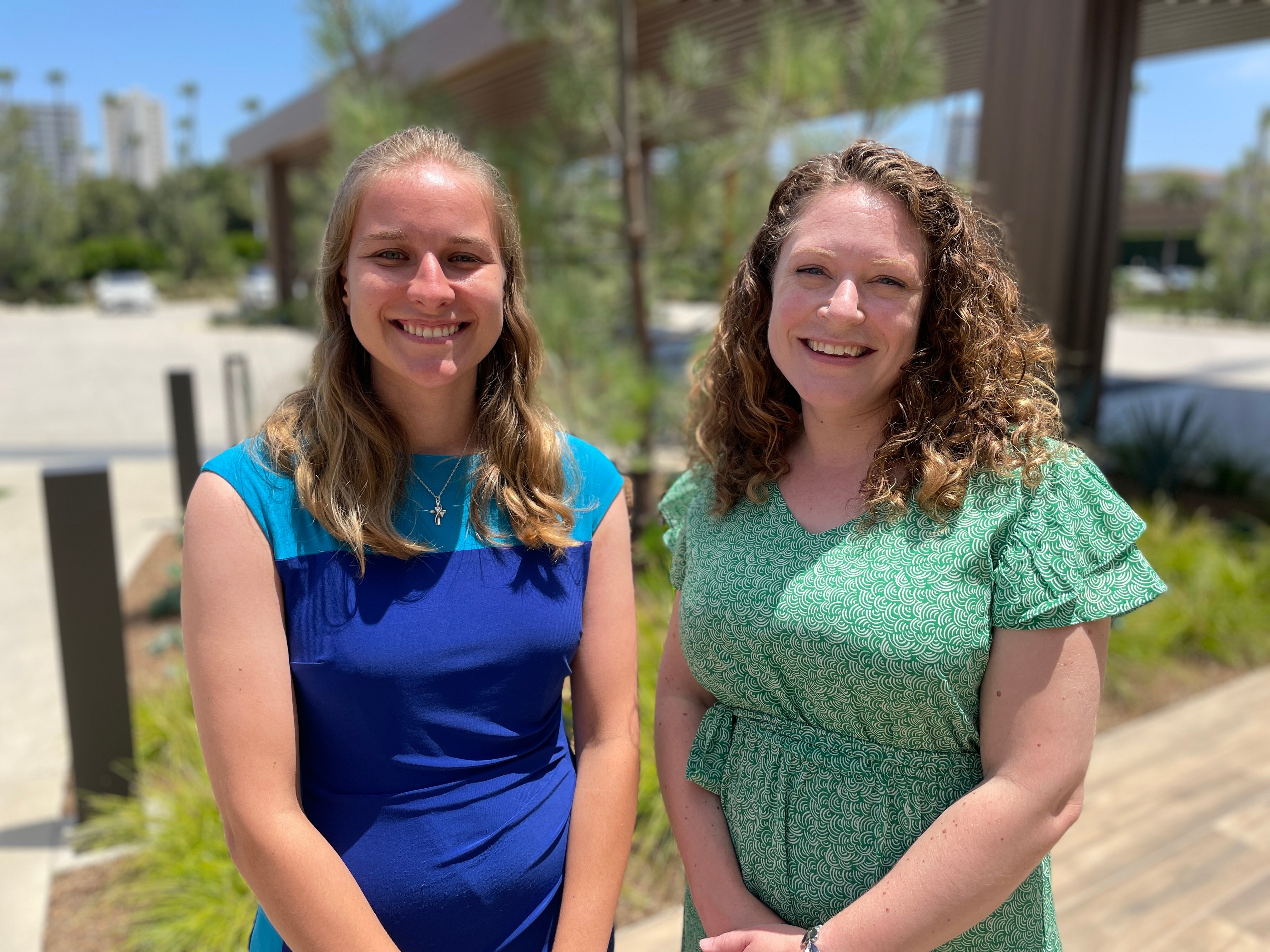New Study Aims to Understand Skills Associated with Early Word Reading

It is estimated that approximately 3-10% of children experience significant and persistent word reading difficulties, depending on the individual characteristics of the students and the quality of instruction in each school. However, despite decades of research devoted to reading, there are still many unknowns about the underlying processes involved in word reading development in children and more specifically, the factors that lead to significant word reading difficulty like that experienced by people with dyslexia and other reading disabilities.
Led by principal investigator Dr. Laura Steacy, associate professor of special education and research faculty at the Florida Center for Reading Research (FCRR), and co-principal investigator and FCRR research faculty Dr. Ashley Edwards, Project FLEX seeks to explore the skills associated with early word reading.

The project, funded by the National Institutes of Health, will allow Steacy and Edwards to assess a wide variety of young children with different levels of reading skills, ultimately furthering the understanding of reading development.
There is broad consensus among researchers that phonemic awareness, the ability to identify the sounds in words, and phonemic decoding, the ability to connect letters to the sounds they represent, are important underlying factors that support early word reading mastery. There is a growing body of evidence however that supports the theory that there are broader factors associated with successfully learning to read words. Steacy and Edwards hypothesize that a deeper understanding of the broader factors associated with word reading development is critical for advancing developmental word reading theory and the discovery of new predictors of early word reading development that can help to improve on current inaccuracies in the early identification and treatment of individuals who are at risk for word reading difficulties.
Recent studies of grade 2-5 readers suggest that the successful development of word reading skills is related to a child’s ability to successfully problem solve the inconsistent letter/sound relationships that frequently occur in English (e.g., pronouncing move vs. love). This ability is referred to as a reader’s “set for variability” and is measured using a mispronunciation correction task that requires students to go from the decoded form of a word (e.g., wasp rhyming with clasp) to the word’s correct pronunciation. Currently, it is unknown whether set for variability is an important precursor to skilled word reading or a consequence of exposure to text and instruction.
"Developing a deeper understanding of how set for variability is related to early reading development may help us to better identify students at risk for word reading disabilities such as dyslexia. Since current measures do not perfectly predict dyslexia, this additional predictor may lead to better identification practices,” states Steacy.
To better understand the skills associated with early word reading, Steacy and Edwards will explore how set for variability and word reading develop together. Additionally, they will explore how well set for variability can be used as an identifier of risk for early word reading difficulties by examining how set for variability performance at the fall of kindergarten contributes to the prediction of word reading at the end of grade 1. Using early kindergarten predictors, Steacy and Edwards will also evaluate the importance of set for variability in predicting the risk of word reading difficulties at the end of grade 1. The findings from this study will help highlight the skills involved in learning to read and inform our understanding of reading development.
Edwards also sees this work as critical for the early identification and treatment of children who are at-risk for struggling to learn to read. “Given the strong correlations between set for variability and word reading, the addition of set for variability to a screening battery may be what is needed to provide adequate screening accuracy for those at risk for word reading difficulties and dyslexia, allowing teachers to intervene earlier for these at-risk students.”
Learn more at https://fcrr.org/projects/project-flex.


